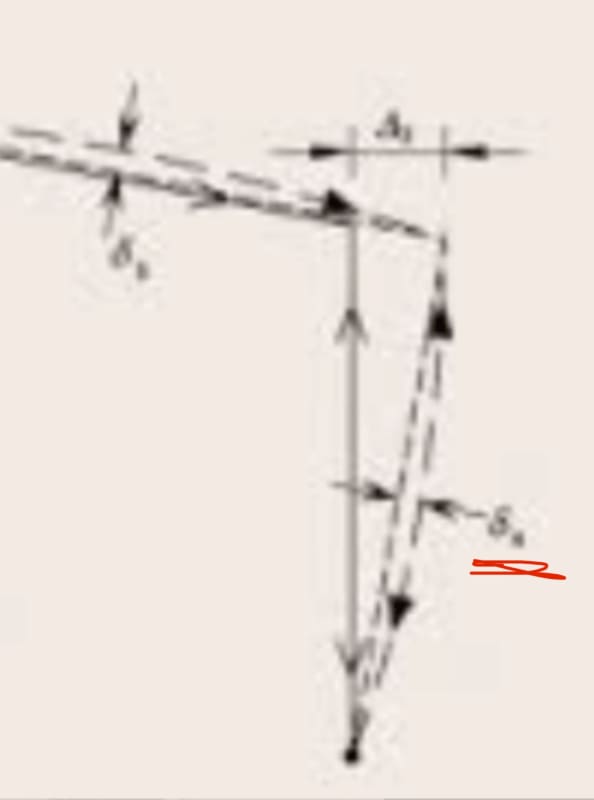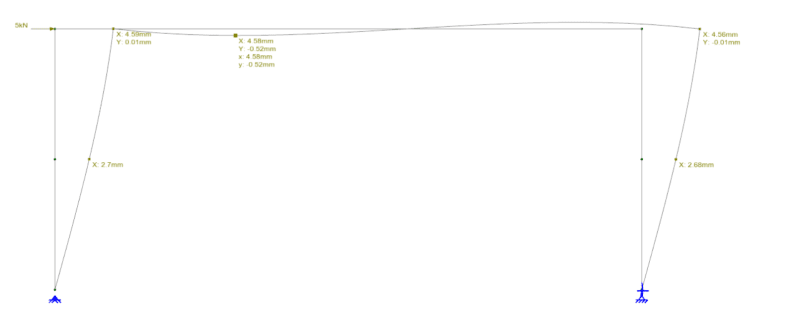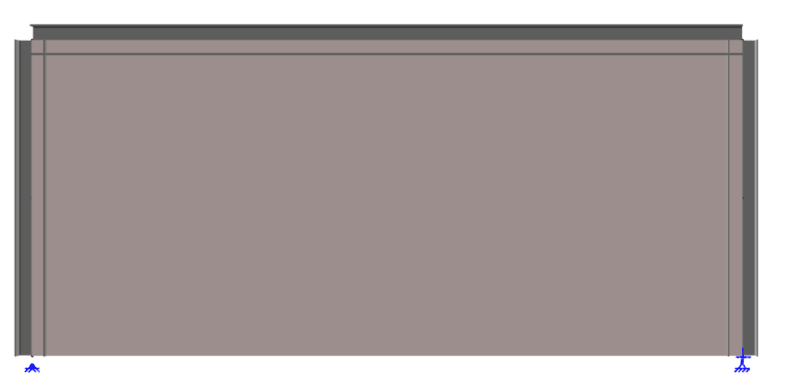Arun238
Structural
- Sep 16, 2024
- 7
Hi there,
Just trying to understand the deflection limit for residential portal frames designed in New Zealand. There is a 8mm or H/300 limit specified for specific bracing elements as per the P21 test paper by Branz.
Referring to 1170.0 serviceability limits, The in plane limit for plaster or gypsum walls in Height / 300 against SLS wind loads with a parameter specified as mid-height deflection.
Does this mean that the SLS seismic limit is 8mm or H/300 at knee and SLS wind limit is Height / 300 measured at mid height for a portal frame.
Thanks in advance.
Arun
Just trying to understand the deflection limit for residential portal frames designed in New Zealand. There is a 8mm or H/300 limit specified for specific bracing elements as per the P21 test paper by Branz.
Referring to 1170.0 serviceability limits, The in plane limit for plaster or gypsum walls in Height / 300 against SLS wind loads with a parameter specified as mid-height deflection.
Does this mean that the SLS seismic limit is 8mm or H/300 at knee and SLS wind limit is Height / 300 measured at mid height for a portal frame.
Thanks in advance.
Arun






![[blush] [blush] [blush]](/data/assets/smilies/blush.gif) What deflection criteria are most people using?
What deflection criteria are most people using?